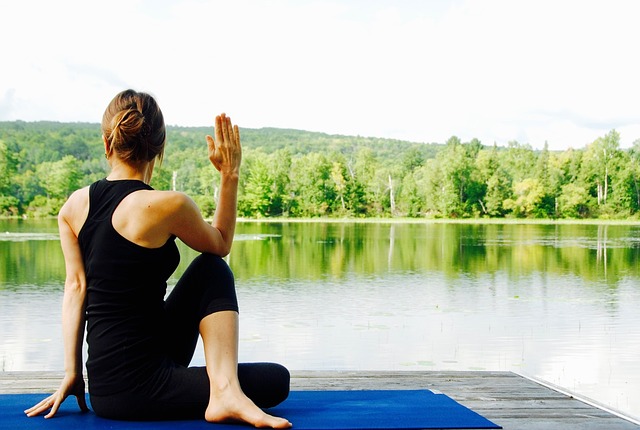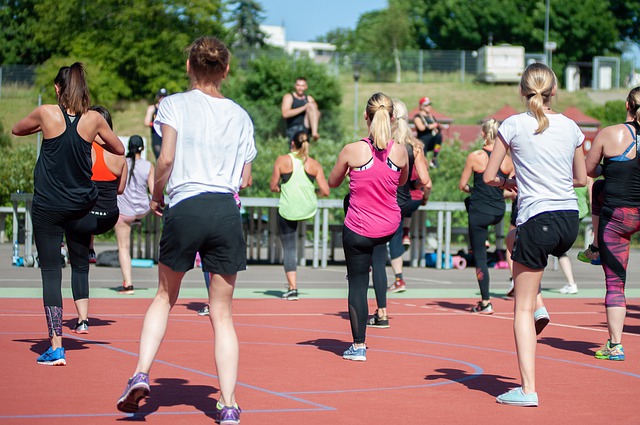Congratulations on your upcoming retirement. You now have free time, we have some exercises and activities for you retirees.
Time you used to spend at work can be used wisely to get the appropriate amount of physical exercise in order to prevent health risks and maintain fitness. You want to keep your body in good shape so that you may enjoy your retirement years.
Checkup on Your Retirement
What is the state of your health? If you did not have a medical checkup before retiring, now is the time. Inquire with your doctor about any exercise limits you may have and what she recommends. Exercise and walking are probably part of the plan for lowering your health risks and living with diseases like diabetes and arthritis.
If you have any mobility issues, now is a good time to receive a referral for physical or occupational therapy. A therapist can assist you in improving your functioning. If your feet are affecting you, consult a podiatrist for advice on appropriate footwear for orthotics.
What Kind of Exercise Do You Need?
Moderately intensive aerobic activity such as brisk walking, swimming, or bike riding for 30 minutes per day, five days per week, is recommended for seniors and individuals aged 50 to 64 with a chronic disease. Alternatively, 20 minutes of vigorous-intensity aerobic exercise three times each week, such as running. This is beneficial to cardiovascular health.
Strength training activities should be done two to three times per week, with eight to ten strength training exercises per week, such as resistance exercises and working with dumbbells or weight machines. These workouts aid in the preservation of muscle mass, bone density, and overall physical functionality.
Maintain range of motion by performing 10 minutes of flexibility exercises per day.

Reducing sitting and inactivity: According to studies, sitting time can increase health risks. As you transition from working to retirement, you’ll need to figure out how to stay active throughout the day, getting up and moving around every hour. It’s time to start working on getting 10,000 steps in per day.
Where Can You Work Out?
In retirement, you have a fresh set of options for when and where you exercise.
Fitness Centers and Gyms: You may have used the workout facilities at work, but it is now more convenient to find a gym or pool near your house. Your health plan may provide discounted gym memberships in your area.
Look for local fitness centers and senior centers. You may even be able to utilize a community college’s gym or a pool for free if you are enrolled in a class on any topic that interests you.
Personal Trainer or Group Exercise: You can begin exercising right away by asking a physical trainer at a health club to prescribe a series of exercises tailored just to you. You can also try out different hobbies by joining an exercise class at a fitness center.
Home Gym: Once you’ve determined the exercises you’ll need to perform, you should consider what equipment you’ll need for a home gym. It can be as simple as a set of resistance bands, dumbbells, an exercise ball, and an exercise mat. A treadmill, elliptical machine, or stationary cycle are more expensive but can provide convenient cardio training in any weather.
Outdoor Walking, Running, and Cycling: Look into the possibilities for walking and jogging routes in your area. You may not have seen the greenway trails, parks, and tracks that are available to you. Walking, running, or cycling for 20 to 30 minutes can be done outside in a safe and pleasant atmosphere. Apps like MapMyWalk allow you to see where others in your region have been walking and riding.
Creating an Exercise Routine
Create new habits in your new life. Set aside time for golf, group exercise classes, and gym visits. You might also look into joining a walking club or group. You are more likely to follow through if you make a commitment to other individuals to join them for an activity. Meetup.com can help you find groups that share your passion for walking, jogging, hiking, or cycling. You might be surprised at how many chances are accessible at low or no cost.
You can now choose when you go to the gym. You can go during non-peak hours when it is less crowded. You may notice that more folks your age are working out at 10 a.m. or 2 p.m. You might even meet new workout buddies.

Workout Routine Suggestion
Monday is dedicated to aerobic workouts. Walking, cycling, or swimming for 30 minutes. 10 minutes of leeway.
Tuesday is a good day for strength training because the gym may be less crowded. Flexibility exercises for 10 minutes.
Wednesday: 10 minutes of flexibility and 10 minutes of aerobic exercise.
Thursday is a strength training day with 10 minutes of flexibility. Look into aerobic dance and other workout group classes.
Friday: 30 minutes of aerobic activity and 10 minutes of flexibility exercise.
Saturday: Aerobic activity can include going on a hike, playing golf, or going for a bike ride with friends or family. Organize an outing with folks who are only available on weekends.
Sunday: 30 minutes of aerobic exercise, followed by 10 minutes of flexibility exercise.
Including Activity in Your Life
If you formerly worked, you will need to substitute that activity in your retired life. Those who formerly worked in sedentary occupations now have the opportunity to adopt positive habits for remaining active throughout the day.
Take the dog for a walk: Your best pal could benefit from more movement as well. Now is the time for long walks with your dog or more frequent outings throughout the day.

Walk or ride your bike to the store, bank, post office, and other locations. Leave the car at home and walk or cycle to your destination. You can multitask by getting your cardio activity in while shopping or doing other things. Purchase a backpack or bag to bring home stuff conveniently.
Gardening, organizing, decluttering, and home remodeling are all activities that I enjoy. When you start addressing the honey-do projects that have been put off for years, you’ll realize the importance of flexibility training. These can save a lot of time sitting.
Volunteer: There are numerous volunteer activities available to keep you active. What organizations and causes do you support? Look into what they have to offer that will get you out of the house. Cleaning at a no-kill animal shelter, packing and delivering meals to elders and families in need, upgrading trails, litter removal, yard and house care for seniors and the physically handicapped, and other activities are examples.
Investigate and explore your neighborhood actively: Visit parks and gardens in your area to reconnect with nature. Participate in walking tours to learn about the history and architecture of your community or the destinations you visit. Use your new free time to explore the locations where you visit relatives and friends.
Preparing for Exercise
Now is the time to utilize a fitness tracker like Fitbit to keep you motivated to stay active. The better models will automatically track your aerobic activity time each day as well as your overall daily steps. Many will also detect your inactivity and urge you to get up and get your body in motion every hour. They can also track your sleep quality and have a diet-tracking app. Many designs will also detect your heart rate or link with a chest band heart rate monitor to gauge workout intensity.
To Conclude
To support your activities, you will need the proper shoes and exercise apparel. To get properly fitted for athletic shoes, go to the most serious running shoe store in your neighborhood.
When it’s too hot, cold, or rainy to leave the house, a home treadmill or elliptical trainer can help eliminate excuses for not exercising.
